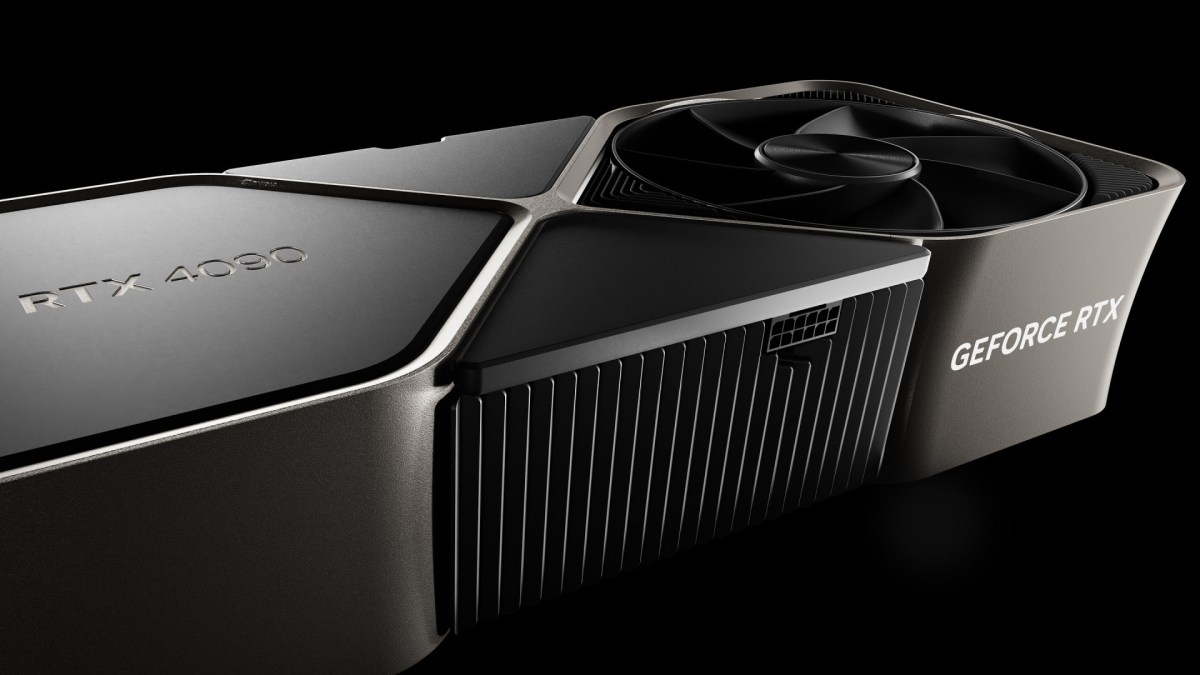With the new generation Nvidia GeForce RTX 40 Series graphics cards coming soon, wattage and power supplies (PSU) are major talking points. After all, as technology improves, more and more power is often needed to get the most out of new hardware.
The Nvidia GeForce RTX 40 Series graphics cards boast an impressive TDP overall. The RTX 4090 sits at 450W while the RTX 4080 16 GB and RTX 4080 12 GB have a TDP of 320W and 285W, respectively. As far as PSU recommendations go, Nvidia recommends a 850W for the 4090, 750W for the 4080 16GB, and a 700W for the 4080 12GB. Other partners like ZOTAC, however, suggest you’ll need a 1000W+ PSU for the custom overclocked RTX 4090 partner models.
Getting power to the card
While wattage is one thing, the physical connection to the power supply is a whole different story. When the RTX 30 Series was revealed, Nvidia announced that a new 12-pin connector was needed to connect the card, but the adapter came with all Founder’s Edition graphics cards. For the RTX 40 Series, it appears to be much the same.
If you decide to pick up a Founder’s Edition of the Nvidia GeForce RTX 40 Series cards, you will receive a 3x PCIe 8-pin to 12VHPWR cable adapter for connection. If you don’t want to use that, some companies like Corsair are selling cable adapters for existing PSU lineups to work with new RTX 40 Series cards that require 450W or greater PCIe Gen 5 cables.
Should you choose to go to AIB partners for your new graphics card, it’s still unlikely that you’ll need a new PSU, provided the one you already have is rated for the appropriate wattage. However, each partner card will likely have varying means of connecting to the PSU. For example, the aforementioned ZOTAC RTX 4090 requires a 4x PCIe 8-pin to 12VHPWR cable which it includes, albeit with a limited number of times you can reconnect it. MSI’s RTX 40 Series cards require a 16-pin connection. However, at the time of writing, MSI makes no mention of an included adapter on its website.
To wrap all of this up, the biggest question isn’t just whether your PSU is powerful enough, it’s whether you have the capability of connecting the new card to it in the first place. Even with adapters, the new Nvidia GeForce RTX 40 Series requires multiple connections in your PSU. If you don’t have enough available connections or use a non-modular PSU, your best bet is to look at an upgrade. The same goes for if you are trying to power a full new gaming machine.
So, be diligent in your purchasing, and make sure you get everything you need to make installing your new GPU as simple as possible. If you’re in need of some of buying recommendations, check out our Best PSUs guide.







Published: Sep 22, 2022 02:00 pm